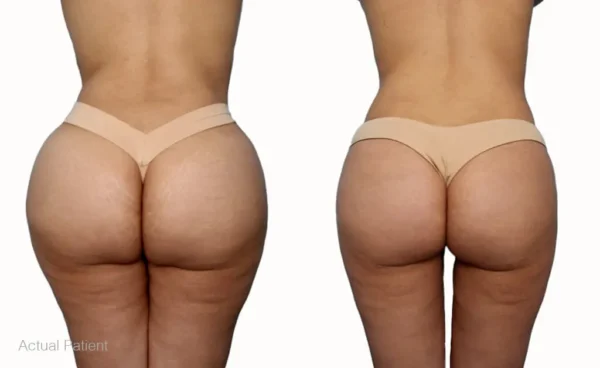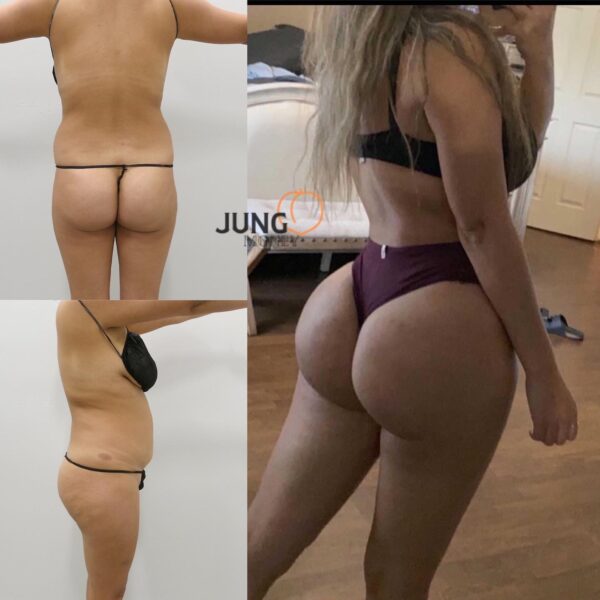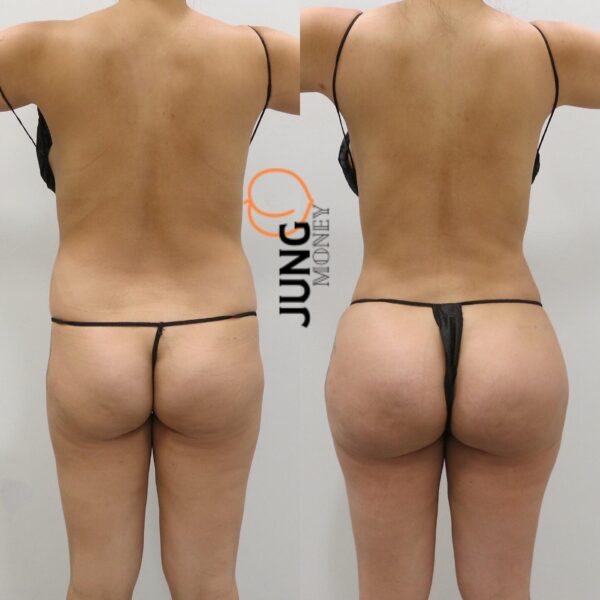






Embark on a transformative journey with our exceptional range of medical treatments. As a leading medical tour operator, we offer a comprehensive selection of world-class treatments and procedures to address your unique healthcare needs. From advanced surgeries to cutting-edge therapies, our team of experienced professionals is dedicated to providing top-notch care and ensuring your comfort and satisfaction. Discover a new level of healthcare excellence with our tailored treatment options. Book now to start your journey towards a healthier and happier you.
The High-Definition Brazilian Butt Lift (HD BBL) is an advanced technique of the traditional Brazilian Butt Lift procedure. It is designed to create a more sculpted and defined appearance of the buttocks by enhancing their shape, contour, and muscular definition.
The HD BBL involves a combination of liposuction and fat transfer to achieve the desired results. The procedure begins with liposuction, where excess fat is removed from areas such as the abdomen, flanks, and back. This helps to contour and sculpt the surrounding areas, creating a more defined waistline and hourglass figure.
The harvested fat is then processed and purified before being strategically injected into specific areas of the buttocks to enhance their shape and projection. The fat is carefully placed to create a more sculpted and athletic appearance, emphasizing the natural curves and contours of the buttocks.
The goal of the HD BBL is to create a more three-dimensional and defined look, similar to the appearance of well-toned muscles. This is achieved by targeting specific areas of the buttocks to enhance their volume and shape, while also accentuating the underlying muscular structure.
The HD BBL requires a high level of skill and expertise from the plastic surgeon performing the procedure. They must have a deep understanding of the anatomy of the buttocks and the ability to sculpt and contour the area to achieve the desired results.
The High-Definition Brazilian Butt Lift (HD BBL) is suitable for individuals who desire to achieve a more sculpted and defined appearance of their buttocks. However, it is important to note that not everyone is a suitable candidate for this procedure.
Ideal candidates for the HD BBL typically:
The High-Definition Brazilian Butt Lift (HD BBL) may not be suitable for everyone. There are certain factors and conditions that may make an individual ineligible for the procedure. Some reasons why someone may not be a suitable candidate for the HD BBL include:
The High-Definition Brazilian Butt Lift (HD BBL) offers several advantages for individuals seeking to enhance the appearance of their buttocks and achieve a more sculpted and defined look. Some of the advantages of the HD BBL include:
The Brazilian Butt Lift (BBL) is a popular cosmetic procedure that involves transferring fat from one area of the body to the buttocks to enhance their shape and size. While the procedure can provide desirable results, it is important to be aware of the potential complications that can arise, especially with a high-definition BBL. Some complications of a high-definition Brazilian Butt Lift may include:
Preoperative care refers to the preparation and steps taken before a surgical procedure to ensure the best possible outcome and minimize the risk of complications. Here are some important aspects of preoperative care:
Postoperative care refers to the care and steps taken after a surgical procedure to promote healing, manage pain, prevent complications, and support the patient’s recovery. The specific postoperative care instructions may vary depending on the type of surgery and individual circumstances, but here are some general aspects of postoperative care:
Only logged in customers who have purchased this product may leave a review.
The High-Definition Brazilian Butt Lift (HD BBL) is an advanced technique of the traditional Brazilian Butt Lift procedure. It is designed to create a more sculpted and defined appearance of the buttocks by enhancing their shape, contour, and muscular definition.
The HD BBL involves a combination of liposuction and fat transfer to achieve the desired results. The procedure begins with liposuction, where excess fat is removed from areas such as the abdomen, flanks, and back. This helps to contour and sculpt the surrounding areas, creating a more defined waistline and hourglass figure.
The harvested fat is then processed and purified before being strategically injected into specific areas of the buttocks to enhance their shape and projection. The fat is carefully placed to create a more sculpted and athletic appearance, emphasizing the natural curves and contours of the buttocks.
The goal of the HD BBL is to create a more three-dimensional and defined look, similar to the appearance of well-toned muscles. This is achieved by targeting specific areas of the buttocks to enhance their volume and shape, while also accentuating the underlying muscular structure.
The HD BBL requires a high level of skill and expertise from the plastic surgeon performing the procedure. They must have a deep understanding of the anatomy of the buttocks and the ability to sculpt and contour the area to achieve the desired results.
The High-Definition Brazilian Butt Lift (HD BBL) is suitable for individuals who desire to achieve a more sculpted and defined appearance of their buttocks. However, it is important to note that not everyone is a suitable candidate for this procedure.
Ideal candidates for the HD BBL typically:
The High-Definition Brazilian Butt Lift (HD BBL) may not be suitable for everyone. There are certain factors and conditions that may make an individual ineligible for the procedure. Some reasons why someone may not be a suitable candidate for the HD BBL include:
The High-Definition Brazilian Butt Lift (HD BBL) offers several advantages for individuals seeking to enhance the appearance of their buttocks and achieve a more sculpted and defined look. Some of the advantages of the HD BBL include:
The Brazilian Butt Lift (BBL) is a popular cosmetic procedure that involves transferring fat from one area of the body to the buttocks to enhance their shape and size. While the procedure can provide desirable results, it is important to be aware of the potential complications that can arise, especially with a high-definition BBL. Some complications of a high-definition Brazilian Butt Lift may include:
Preoperative care refers to the preparation and steps taken before a surgical procedure to ensure the best possible outcome and minimize the risk of complications. Here are some important aspects of preoperative care:
Postoperative care refers to the care and steps taken after a surgical procedure to promote healing, manage pain, prevent complications, and support the patient’s recovery. The specific postoperative care instructions may vary depending on the type of surgery and individual circumstances, but here are some general aspects of postoperative care:
There are no reviews yet.
Only logged in customers who have purchased this product may leave a review.
Choosing the right hospital and physician are important factors to consider that significantly influence a patient’s treatment. The preferred choice for many patients is choosing private care.
Choosing the right hospital and physician are important factors to consider that significantly influence a patient’s treatment.
Reviews
There are no reviews yet.